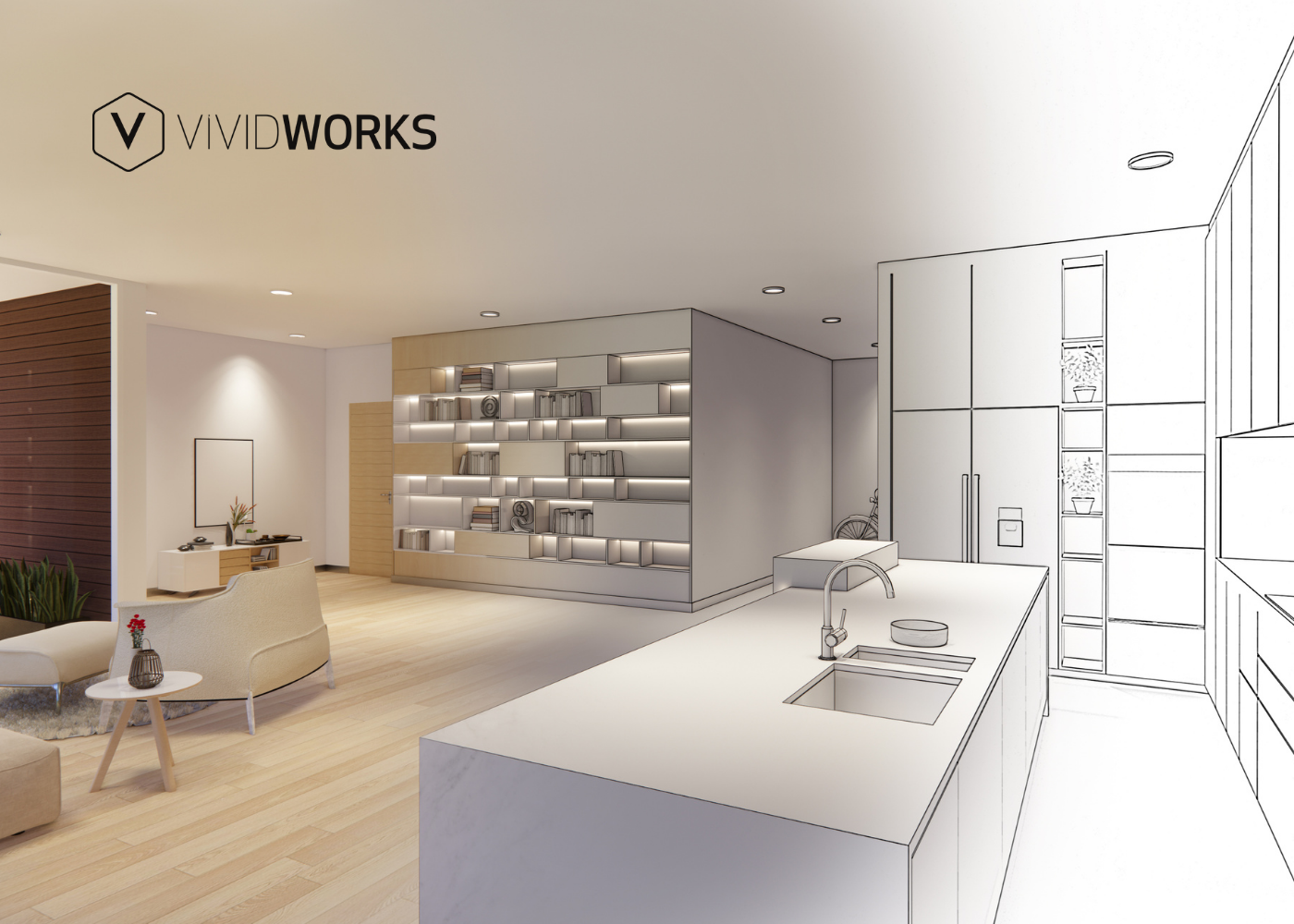What is a product configurator and 3D product configurator? It's a tool that allows consumers to personalize products according to their unique tastes and preferences. In today's consumer-driven market, personalization isn't just a luxury; it's an expectation. Whether it's customized sneakers or bespoke furniture, customers seek products that resonate with their individual style.
What is a Product Configurator?
At its core, a product configurator is a software tool designed to facilitate the customization of products to meet individual preferences. Product configurators empower consumers to make real-time adjustments to various aspects of a product, such as color, size, features, and materials, or even build a product from scratch by combining different modules.
Product configurators can be web-based or integrated into a company's existing systems, providing a seamless user experience across multiple platforms.
Product Configuration Terms
Product configurators, which are commonly known as such, are also referred to by several other terms in the manufacturing and retail sectors:
- CPQ (Configure, Price, Quote)
- Configurator software
- Product configuration software
CPQ summarizes the main functions of product configurators. It highlights their role in guiding customers through the customization process, providing accurate pricing, and generating quotes in real-time. This term is frequently used in B2B settings, where complex products and pricing structures require robust configuration solutions to simplify the sales process.
.png)
Similarly, configurator software and product configuration software cover a wide range of digital applications aimed at enabling product customization. These terms emphasize the software aspect of product configurators, showing their use of algorithms, databases, and user interfaces to help users configure and visualize products.
Despite the different names, the main goal remains the same: to empower customers to personalize products according to their needs and preferences while making the ordering process easier for both consumers and businesses.
How Do Product Configurators Work?
Product configurators utilize rules-based logic to guide users through the customization process. These rules dictate which options are available based on previous selections, ensuring that customers only choose compatible features.
For example, a user engages with the frame configurator developed by VividWorks for Audo Copenhagen. In this scenario, the user personalizes a shelving frame unit using the advanced 3D configurator. Upon selecting a specific frame module, finish, or color for the storage system's exterior, the configurator dynamically updates the available choices for interior finishes and accessories.
Behind the scenes, product configurators are powered by sophisticated algorithms and databases that store information about available product options, pricing, and compatibility constraints. This data-driven approach allows manufacturers to offer various customization possibilities without sacrificing efficiency or quality.
Building a 3D product configurator involves various approaches, each with its own advantages and considerations. The choice of approach depends on factors such as budget, technical expertise, customization requirements, and desired features.
Product Configurator Benefits
Product configurators offer numerous financial benefits compared to traditional custom product selling methods. They require fewer resources and reduce lead times by automating component checks, ensuring orders are created faster and with fewer errors.
Enhanced product customization
Businesses can offer more personalized products and services through product configurators. Customers can choose from various options to create tailored products, reducing production times and costs while ensuring a unique experience.
.png)
Cost savings
Product configurators streamline processes, cut manual work, and eliminate errors. They also enable businesses to develop customized pricing models, fostering competition while maintaining quality and service standards.
Valid product configurations
Configurators employ custom rules for each product, preventing errors and ensuring configurations meet manufacturer specifications on dimensions, materials, and stock availability.
True-to-life product visualization
Many SaaS companies, such as VividWorks, leverage advanced 3D technologies to offer photo-realistic visual representations of customized products.
These immersive, visual product walkthroughs help customers gain a clear understanding of their purchases before making final decisions, enhancing the overall shopping experience and reducing the risk of returns and customer dissatisfaction.
eCommerce integrations
Product configurators seamlessly sync with top platforms like WooCommerce, Shopify, and Magento, enriching the online shopping experience and streamlining sales. They synchronize product catalogs, pricing, inventory, and orders in real time.
Integration with ERP and production systems
Product configurators sync with ERP systems, aligning product catalogs, pricing, inventory, and supply chain data. This integration supports effective inventory management strategies by ensuring real-time visibility and coordination, which helps streamline the quote-to-order process, simplify production, and ensure component availability.
Industries Using Product Configurators
Across various sectors, businesses widely adopt product configurators for their capacity to streamline the process of designing, crafting, and tailoring products. As a result, product configurators have emerged as indispensable assets across multiple industries:
- Furniture retail and manufacturing
- Industrial equipment and machinery
- Building and construction
- Kitchen & Bathroom
- Fashion and apparel
- Consumer goods
- Automotive
- Healthcare and medical devices
In healthcare, product configurators are particularly useful for EHR Electronic Health Records) systems and Small Practice EMR (Electronic Medical Records) solutions, allowing for tailored configurations that meet the specific needs of small medical practices. These tools efficiently generate a spectrum of options for configurable items, offering flexibility to meet diverse customer demands.
These tools efficiently generate a spectrum of options for configurable items, offering flexibility to meet diverse customer demands.
Choosing the Right Product Configurator Software
Choosing the right online product configurator is a crucial decision for any business. Several factors must be considered, including the company's products' nature and specialized requirements. Remember to consider scalability to ensure the software can efficiently handle the growing customer base.
In addition to choosing the right product configurator, integrating a 3D configuration tool into your tech stack is essential to ensure seamless operation, customer satisfaction and increasing sales. Therefore, it is necessary for businesses looking to stay ahead in today's digital landscape to invest in this technology and leverage its full potential.
Product Configurator Future Trends
Product configurator technology is evolving with new tools like AI/ML automation, cloud computing, and mobile optimization, keeping businesses competitive. A major trend is intuitive interfaces simplifying customization, aided by AI/ML automating workflows, enhancing efficiency, and maintaining quality.
Cloud computing integration offers accessibility to data from any location, facilitating faster decision-making and updates without disruption. Mobile-friendly solutions enable customers to personalize products directly from smartphones, expanding customization options.
Moreover, product configurators, like the Vividworks 3D product configurator, are adopting immersive technologies such as Augmented Reality (AR), Virtual Reality (VR), and animations. These innovations are transforming the customization process.
Don't miss this chance to discover the power of product configurators with VividWorks. Book your free demo today and unlock new opportunities for your business success.
Table of Content
-3.avif)
Streamline your process today!


.avif)
%20(1040%20%C3%97%201300px)-2.avif)



